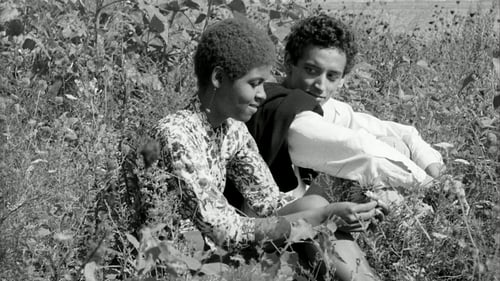Lucille Dlugoszewski
История
Lucia Dlugoszewski (June 16, 1925 – April 11, 2000) was a Polish-American composer, performer and inventor. She created over a hundred musical instruments, including the timbre piano, a sort of prepared piano in which hammers and keys were replaced with bows and plectra.

